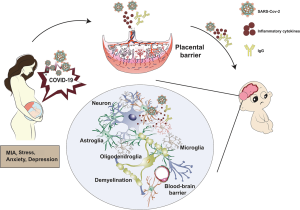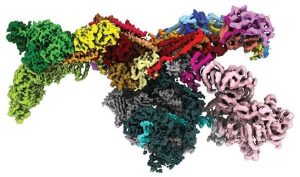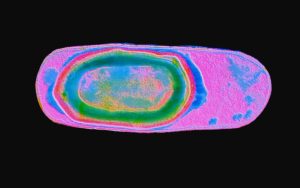The cortical pyramidal neurons in the brain are underrepresented in sensory signals from the outside world in Fragile X syndrome (FXS), the most prevalent cause of autism.
That is the finding of a recent study conducted by a group under the direction of biophysicist and researcher Roberto Araya, professor of neurosciences at the University of Montréal, and member of the CHU Sainte-Justine Research Centre.
In addition to offering insight into the cellular mechanism and opening the door to new targets for therapeutic approaches, the phenomenon the team saw may offer significant hints about the underlying cause of the symptoms of FXS.
The study was published Jan. 3 in Proceedings of the National Academy of Sciences.
Autism is characterized by a wide range of symptoms that may stem from differences in brain development. With advanced imaging tools and the genetic manipulation of neurons, the team of researchers at CHU Sainte-Justine was able to observe the functioning of individual neurons – specifically, pyramidal neurons of cortical layer 5 – one of the main information output neurons of the cortex, the thin layer of tissue found on the surface of the brain.
The researchers found a difference in how sensory signals are processed in these neurons.
Previous work has suggested that FXS and autism spectrum disorders are characterized by a hyperexcitable cortex, which is considered to be the main contributor to the hypersensitivity to sensory stimuli observed in autistic individuals.”
Roberto Araya, Université de Montréal neurosciences professor
“To our surprise, our experimental results challenge this generalized view that there is a global hypersensitivity in the neocortex associated with FXS,” added his UdeM colleague Diana E. Michell, first co-author of the study. They show that the integration of sensory signals in cortical neurons is underrepresented in a murine model of FXS.”






